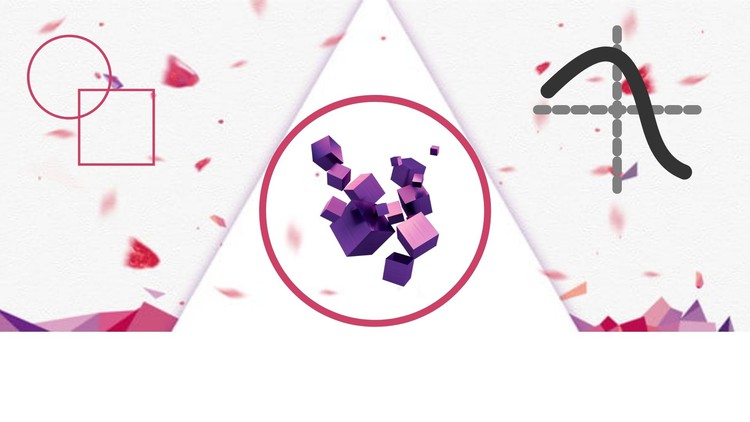
What you will learn
Basics of computer graphics
Line and Circle Drawing algorithms
Geometric transformation using matrices
Projection 3D to 2D transformation
How Clipping Algorithms Works
Description
Hi, Welcome to Computer Graphics Course for Engineering, Bachelor’s of Computer Application and various Entrance examination
This course is about the basics of computer graphics where we will learn not only theoretical concepts along with that we are also going to solve a lot of numerical problems and see how to implement the different computer graphics algorithms using the c language
Here in this course, I have assumed that the student may know nothing about computer graphics so I have designed this course in such a way that we are going to start from the very basics and here in this course 3D Geogebra and other smart tools are being used in order to create a meaningful content so have a look at some lectures I hope you will like this course
Here in this course, I have assumed that the student may know nothing about computer graphics so I have designed this course in such a way that we are going to start from the very basics and here in this course 3D Geogebra and other smart tools are being used in order to create a meaningful content so have a look at some lectures I hope you will like this course
I’m very much sure that you will enjoy this course and will have a wonderful learning experience thank you.
Content